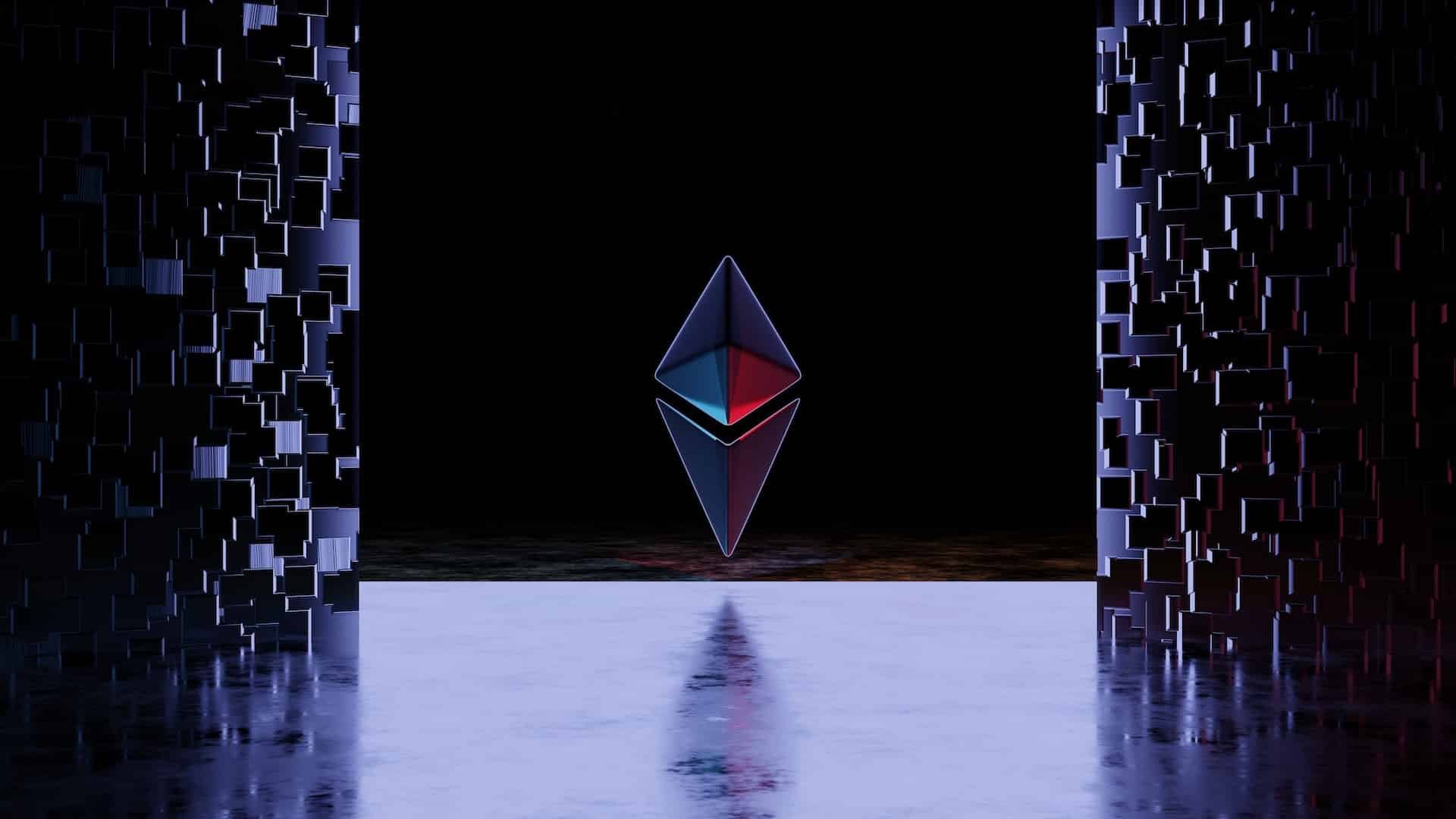One of Web3’s biggest challenges is solving the interoperability issue between blockchains. EVM compatibility is one of the solutions introduced to address the issue by enabling a range of blockchains to interact with the Ethereum network.
In this guide, we’ll take a look at what the Ethereum Virtual Machine (EVM) is, how EVM compatibility has affected the Ethereum network, and its benefits and drawbacks.
What Is an Ethereum Virtual Machine (EVM)?
The Ethereum Virtual Machine, commonly known as EVM, is a software ecosystem that implements smart contracts on the Ethereum network. It’s an important aspect of the Ethereum blockchain, created to process and execute smart contract transactions on the network.
EVM runs using specific instructions that permit the creation and execution of smart contracts. The EVM is also tasked with handling the state of the Ethereum network, which includes calculating gas fees, data storage, and transaction processing.
EVM was designed as a decentralized, Turing-complete virtual machine. It can execute any program or algorithm that doesn’t surpass the gas limit. Moreover, this is how Ethereum achieves its ‘programmability’ and allows developers to build decentralized applications (dApps) and create smart contracts on the Ethereum blockchain.
Understanding EVM Compatibility
EVM compatibility refers to the ability of a blockchain to write and execute smart contract code and run the EVM. This means that developers can easily write and post smart contracts on several EVM blockchains without making major code changes.
EVM-compatible blockchains can integrate with the Ethereum blockchain because they follow the same consensus mechanism, programming language, and transaction formats as those used on Ethereum, therefore allowing developers to easily develop and execute their dApps on Ethereum and EVM-compatible networks.
This way, the smart contracts can, through the EVM, interrelate with other EVM-compatible blockchains, allowing anyone to build multi-chain dApps.
As a result, EVM compatibility helps reduce congestion on the Ethereum blockchain while improving scalability and increasing interoperability between networks.
How Does EVM Compatibility Impact the Ethereum Network?
EVM compatibility affects the Ethereum network in various ways.
For starters, EVM-compatible blockchains appeal to developers who want to avoid the relatively high gas fees and comparatively slow transaction speeds prevalent on the Ethereum blockchain.
The best part is that developers can use EVM-compatible blockchains like BNB Smart Chain or Polygon without the need to rewrite the code to their own smart contracts. This helps to save the time and effort required to develop a dApp, as developers can take advantage of the same codebase across several platforms.
Another impact of EVM compatibility on the Ethereum network is the enhanced user experience. Since users are already conversant with the Ethereum network, EVM-compatible platforms provide a similar experience but with unique advantages as they borrow heavily from Ethereum’s architecture. These advantages include reduced gas fees and increased transaction speeds, which make EVM-compatible chains more attractive to users.
EVM compatibility also adds to the growth of the Ethereum blockchain as it allows for the creation of decentralized applications on multiple blockchains while promoting innovation across several chains.
Benefits & Drawbacks of EVM Compatibility
Like other protocols, the EVM protocol has its own benefits and drawbacks. Let’s take a look at some of its advantages and disadvantages below:
Benefits
- Interoperability: dApps and smart contracts built for one EVM-compatible protocol, such as Ethereum, can easily be moved to other EVM-compatible chains, like Avalanche or Polygon, with little code modifications.
- Faster learning curve: EVM-compatible chains use Solidity – Ethereum’s programming language. This means that developers already used to building using Solidity on Ethereum won’t need to learn a new programming language to develop their dApps or execute their smart contracts.
- Reduced costs and time: The Ethereum Virtual Machine offers a standardized ecosystem for developers to develop their dApps and write smart contract code without having to establish a new codebase for the different chains. This helps to save on time and cost.
- Wider developer and user base: dApps created on EVM-compatible protocols are also compatible with the Ethereum blockchain, providing access to a broader user base.
Drawbacks
- Scalability challenges: Although EVM-compatible protocols offer improvements to the Ethereum blockchain, they are still faced with scalability issues, especially when the network demand is high.
- Smart contract weaknesses: Smart contracts on EVM-compatible chains are susceptible to vulnerabilities that, if not properly coded and audited, can create a loophole for bad actors to carry out malicious activities.
- Centralization concerns: Several EVM-compatible blockchains, like the BNB Smart Chain, have been called out for having a more centralized architecture, which counters the decentralized nature of blockchain technology and can create security risks.
Final Word
EVM-compatible blockchains are an important aspect of the Web3 space as they provide solutions to Ethereum’s challenges, such as high transaction costs, interoperability, and scalability, enabling a more inclusive, multi-chain experience for Web3 users.




